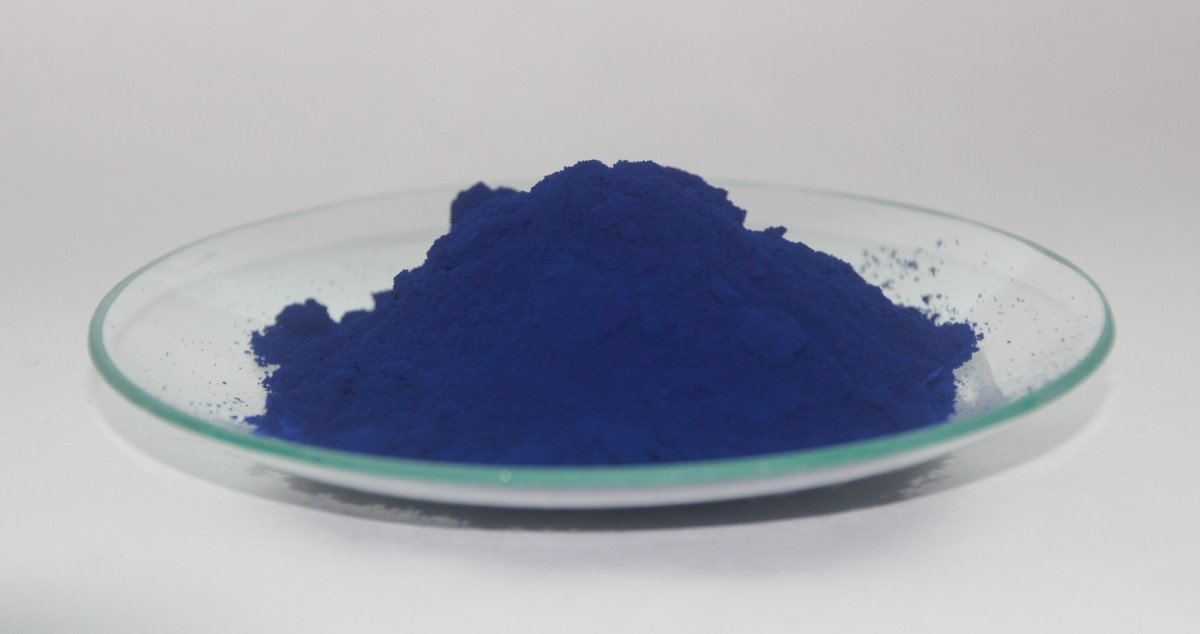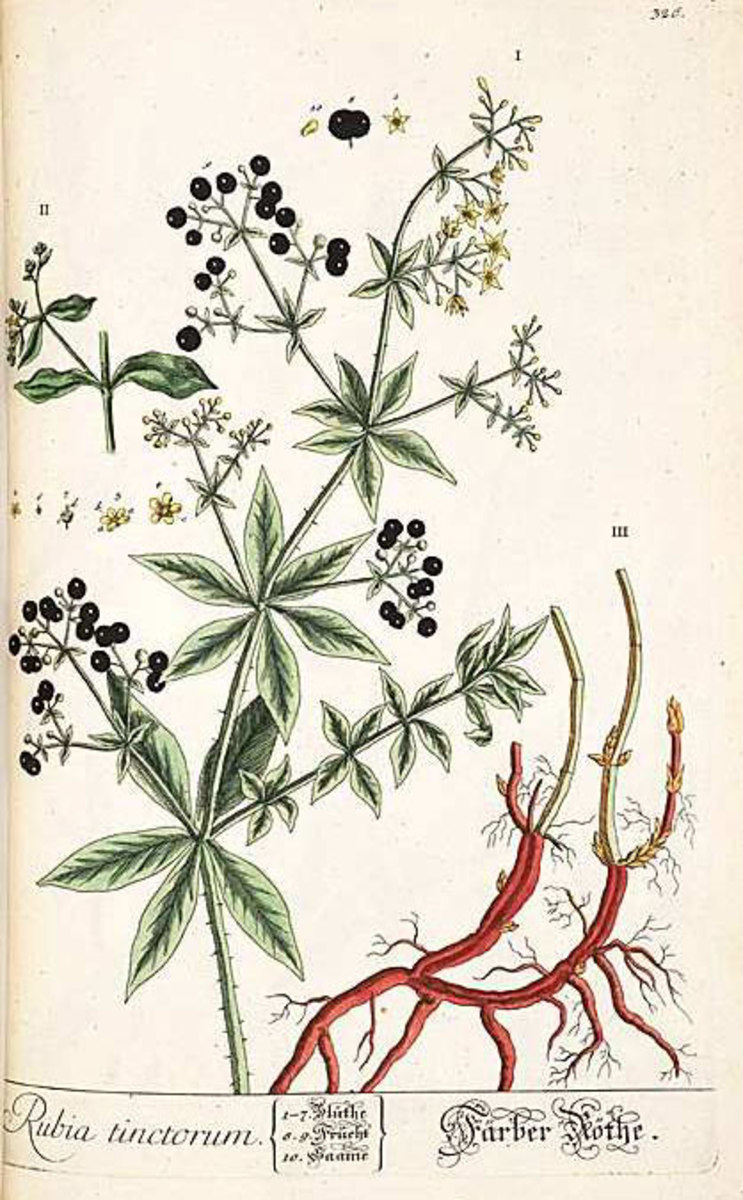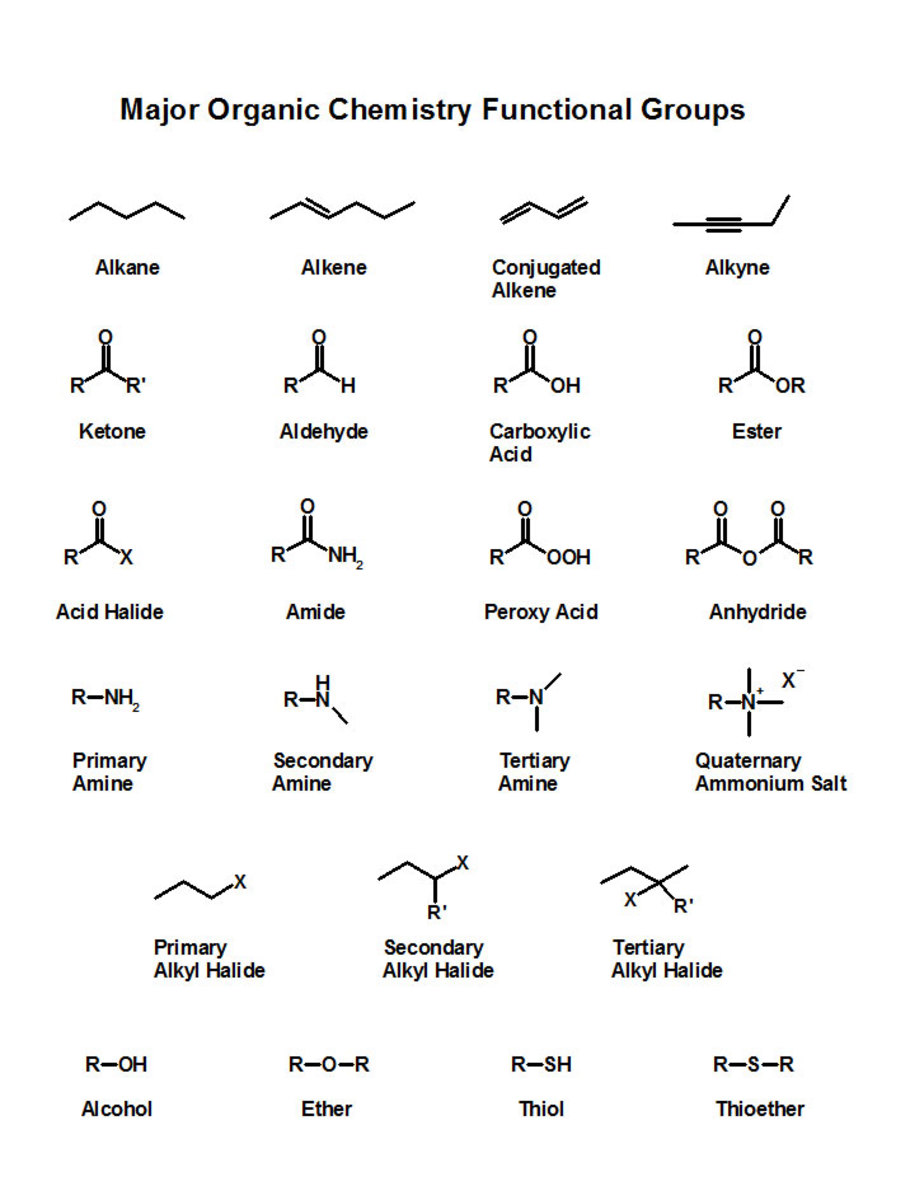Dyes And Their Uses - Part II
Beautiful Colors

The color Mauviene
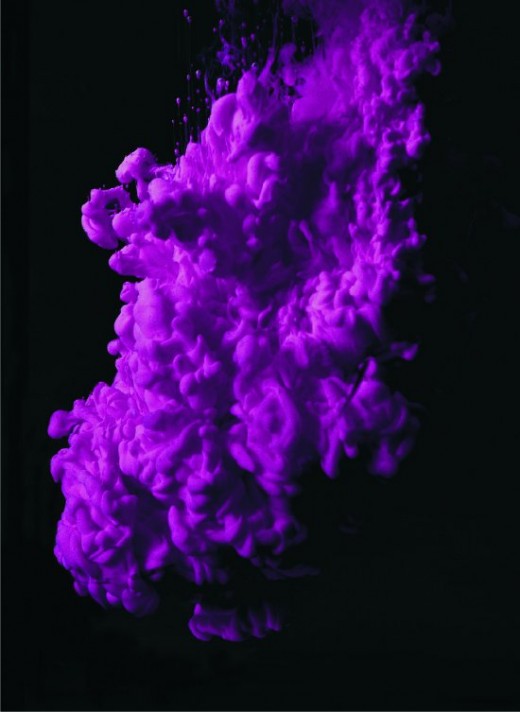
MAUVEINE - THE FIRST SYNTHETIC DYE
Ancient man used to color their clothes using common and locally available natural materials till the first human-made or synthetic organic dye, ”mauveine". Mauveine is also known as Aniline purple and Perkin's mauve. It was discovered by William Henry Perkin in 1856. It was the result of a failed attempt to synthesize quinine. Many thousands of synthetic dyes have been prepared since the accidental discovery of Mauveine. It was later patented by Perkin and used as a dye of silk and textiles. Perkin opened a mass-production of this purple dye at Greenford on the banks of the Grand Union Canal in London.
Its chemical name is 3-amino-2,±9-dimethyl-5-phenyl-7-(p-tolylamino) phenazinium acetate.
Mauveine is a mixture of four aromatic compounds which differs in number and placement of the methyl groups. It is manufactured by dissolving aniline, p-toluidine, and o-toluidine in sulfuric acid and water in 1:1:2 ratio. Then, potassium dichromate is added.
Colored printed Textiles
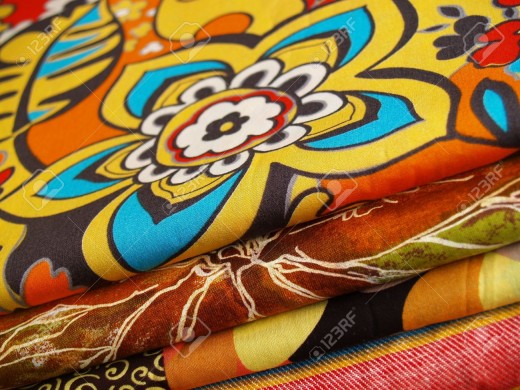
Bovine pulmonary artery epithelium cells colored by fluorescent staining
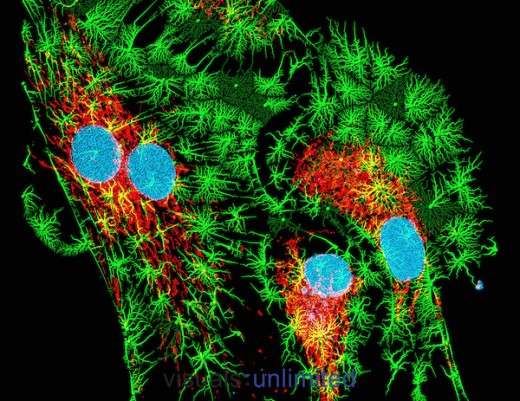
CHARACTERISTICS OF A GOOD DYE
Dyes are used by all the industries around us in various forms such as dry powders, granules, pellets, pastes, liquids,chips, etc. A variety of dyes are manufactured to meet the requirements of each industry. Industries where dyes are used in a variety of products are -
Textile dying, Fluorescent staining, Paper and Pulp, Plastics, Laundries, Adhesives, Art supplies, Beverages, Housing, Ceramics, Construction, Cosmetics, Food, Glass, Paints, Polymers, Soap, Wax, Medicine etc.
A good dye must have the following characteristics -
1. The Dye should be of desirable color.
2. The Dye should be able to fix itself or be capable of being fixed to the fabric with the help of a mordant.
3. It should be fast to light .
4. it should be resistant to the action of water, dilute acids and alkalies because all detergents and washing soaps are alkaline in nature.
DYES IMPORTANT IN INDUSTRIES HAVE THE FOLLOWING CHARACTERISTICS-
- Some products are water soluble
- Conducts electricity
- Resistance to heat
- Resistance to weather conditions
- Resistance to ultraviolet light (UV)
- The Dye must Contain re-enforcing fibers
- It should be free from heavy metals
Fluorescein Angiography
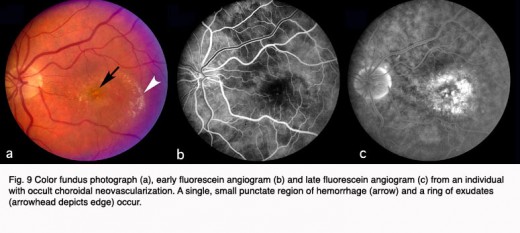
Colored capsules
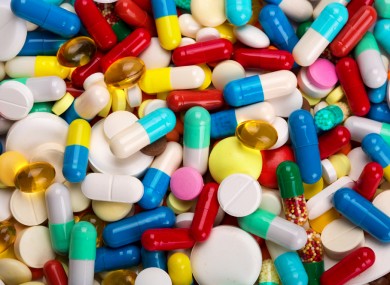
Colored Syrups
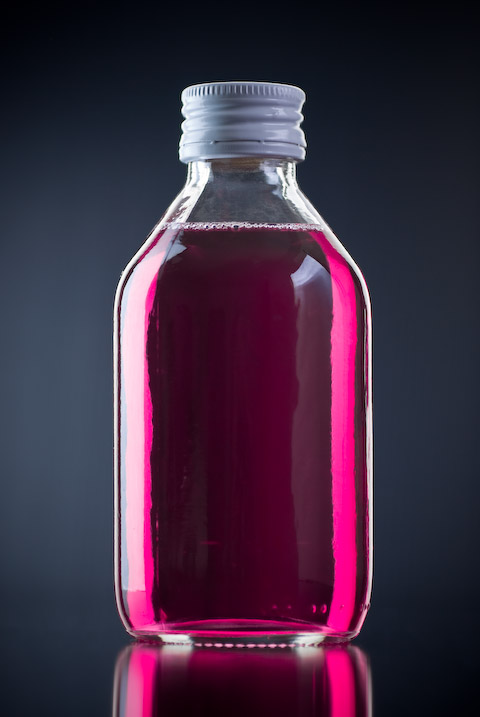
DYES USED IN THE FIELD OF MEDICINE AND SCIENCE
Dyes used in Medicine - There has been an increased usage of dyes in the field of medicine in recent years. Dyes act as an important ingredient in many medical tests which are being conducted on human beings. These dyes in coordination with the latest diagnosis equipment, produce accurate results in these medical tests which leads to better treatment.
1. One such example is the Fluorescein angiography. The name of the test comes from a dye called fluorescein. This dye is successfully used for carrying out tests such as Angiogram. This important test provides valuable information about the circulatory system of our body.
Process of using the dye Fluorescein in Fluorescein Angiography Test:
- Firstly, a special dye called “fluorescein” is injected into the arm via a vein.
- Within a few seconds, the dye reaches blood vessels inside our eye.
- A specially built Camera having special filters highlight the dye and is used for photographing the fluorescein as it keeps on circulating throughout the blood vessels in our eye. Any abnormality is caught in the camera.
This dye has ability to detect abnormalities like:
- Circulatory problems
- Any inner Swelling
- Abnormal blood vessels
2. Dyes used to color Tablets - Tablet colors are made by specially manufactured dyes and by using a tablet coating technology. The colored coating on the tablets aims to enhance the aesthetic of tablets and the colors also help identify the medicine.
There are two types of dyes that are used to color the tablets -
Synthetic Dyes- These dyes are approved by FDA (Food and Drug Administration) an organization that checks and approves food-grade dyes in foods, medicines and other sectors.
Natural Dyes- Chlorophyll (Green), Anthocyanin (Blue) and Karatenoid (Hues of Red) are the naturally obtained Dyes that are mixed to develop the desired color and tablets coatings are given.
3. Dyes are used color hard-shelled capsules. A variety of iron oxides are used and some other opaque material like Titanium dioxide and sucrose are also used.
Soft capsules can also contain pigments and dyes and opaque materials like Titanium dioxide, Preservatives and Sweeteners.
4. Dyes are also used to color syrups which gives an attractive appearance as well as distinguishes a specific syrup from other syrups. Commonly used dyes in syrups includes:
- FD & C dyes,
- D & C dyes.
These dyes are added to syrups and adjusted to essence, for example:
- Yellow or orange dyes are used in Medicines having an Orange flavor.
- White dyes are added in a Medicinal syrup which tastes of mint.
Dyes used in Science - Dyes are an integral part of Microbiological Sciences. A variety of Dyes are used to stain and make the microorganisms distinctly visible. The cellular details (mitochondria, plasma membrane, etc) have been observed successfully only by staining the cells. That requires a delicate Dyeing process. Crystal violet and Safranine are used in Gram's stain. Gram's stain is a technique of staining that is used to classify bacteria. In the dyeing process, a bacterial specimen is stained with crystal violet and then, it is treated with an iodine solution, then De-colorized with alcohol, and again counter stained with Safranine. The Gram positive bacteria retains the stain whereas the Gram negative bacteria cannot retain the stain.
Gram positive and Gram Negative Bacteria
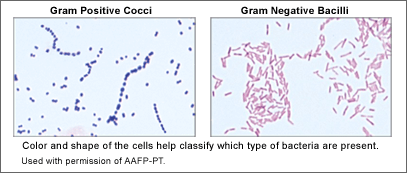
dye sensitized solar cells
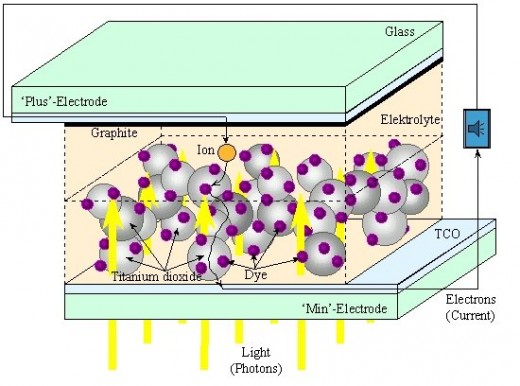
FUTURE PROSPECTS OF DYES
1. Dye-sensitized solar cells (DSSCs) have recently emerged as one of the cheap substitutes to the normally used silicon solar cells, for harnessing the solar energy. We know that the Energy conversion efficiency is pretty small, and thus, if we can produce a new type of solar cell which will be more efficient, then it is a good news for our future.
2. Lichens are used as coloring agents since time immemorial. Earlier, cow urine method was used for extracting dyes from lichens which was later replaced with ammonia fermentation method and then, boiling water method was used. Apart from these methods, a new method of extraction of lichen dyes has been reccently discovered. Reports reveal that the fungal part of lichen can produce lichen compounds which are responsible for production of colored pigments. Thus, cultured mycobiont can be used for extraction of dyes. This growth of mycobiont can be increased by manipulating the culture media to obtain a far greater biomass. Lichen culture in laboratory will provide useful information about the potential dye-yielding lichens and help to conserve these unique symbiont organisms in nature.
Apart from these Research-based uses of Dyes, the massive industries will try to improve their qualities of colors they use, and this Coloring sector will remain a major part of our economy.

